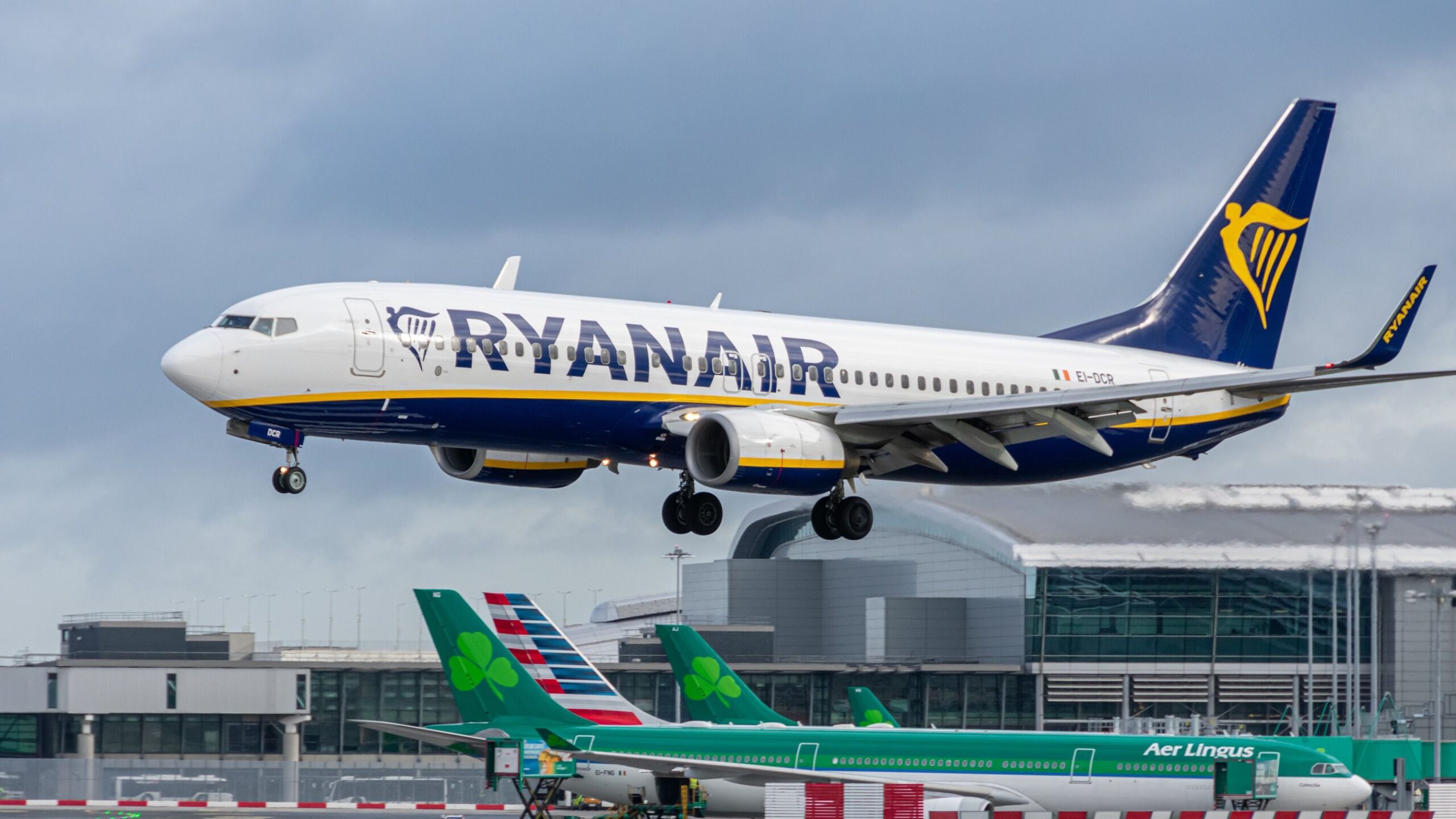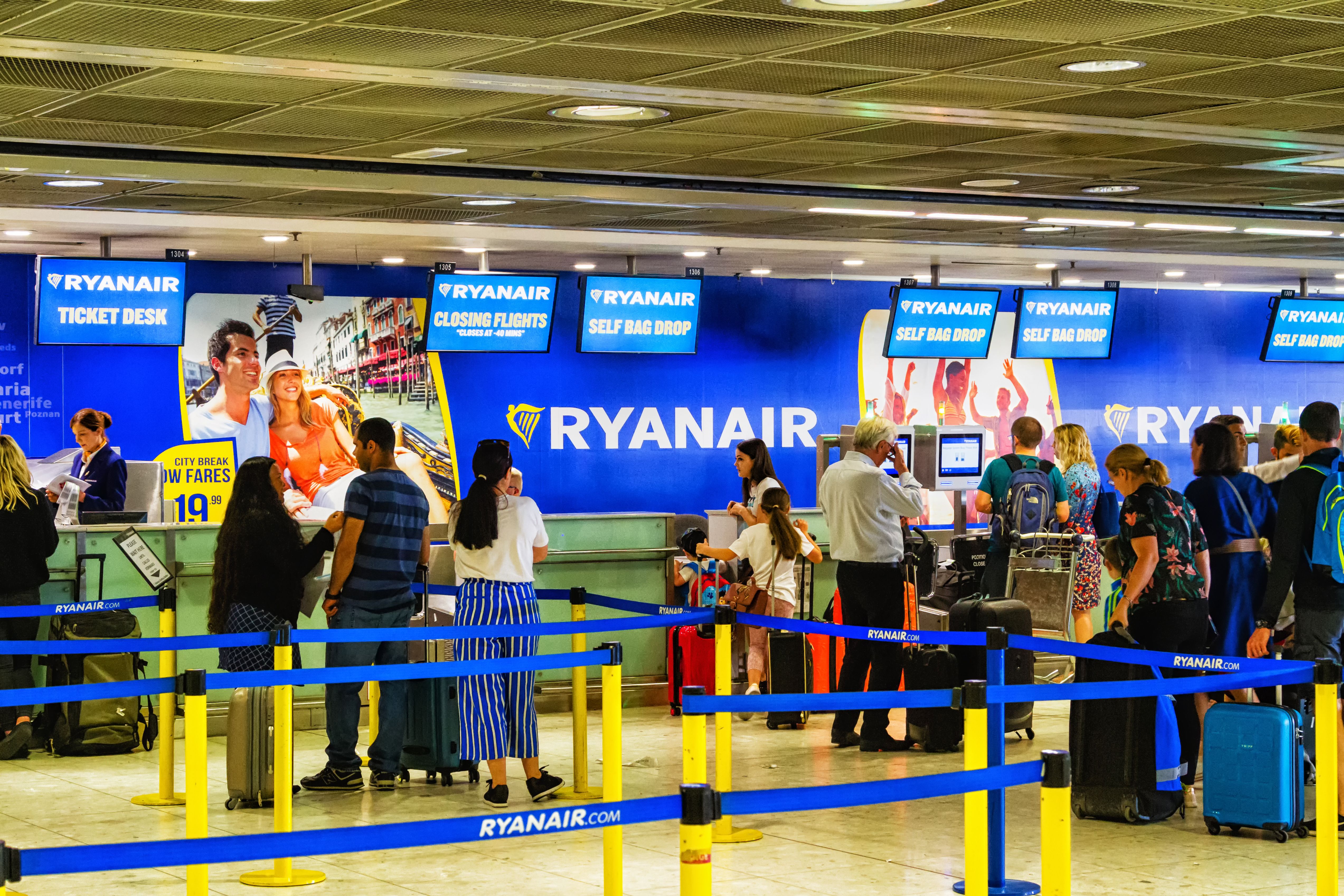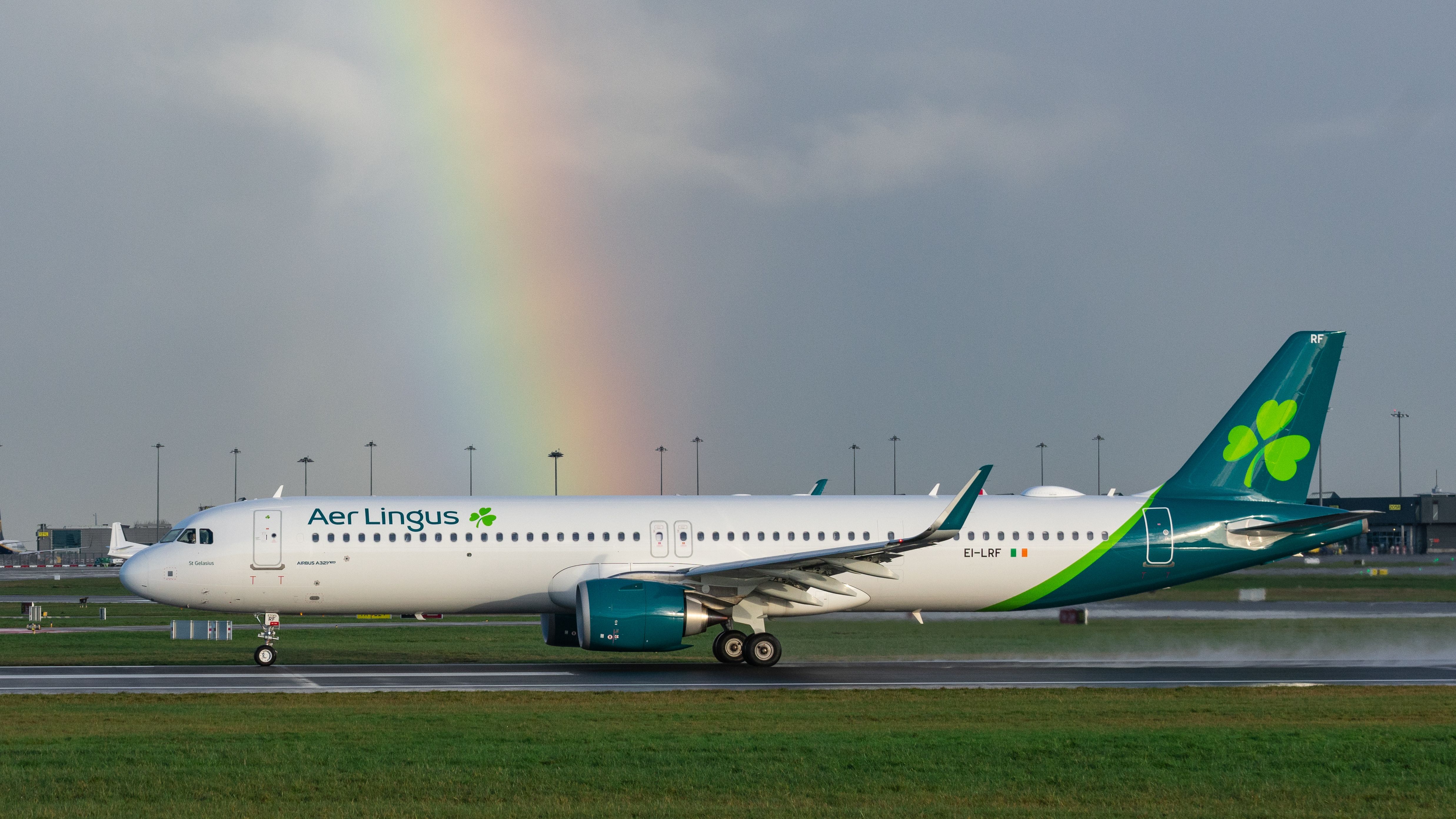Summary
- Dublin Airport’s (DUB) traffic cap risks driving up flight prices, according to Ryanair.
- The low-cost carrier has demanded that the Irish regulator lifts the 32 million annual passenger cap at DUB.
- Data showed that during the upcoming winter season, DUB will have fewer flights and seats, yet more capacity, measured in available seat kilometers (ASK).
Ryanair, the Irish low-cost carrier, has stated that following the latest slot allocation at Dublin Airport (DUB) for the upcoming winter season, over 1 million seats have to be eliminated from the airline’s network. As such, Ryanair called for Eamon Ryan, the Transport Minister of Ireland, to eliminate the traffic cap at DUB.
Risks of rising prices
Ryanair argued that it received 1 million fewer seats than required to meet the demand from passengers who want to travel during various holidays during the period. According to the airline, it said that DUB’s traffic cap is resulting in airlines being unable to match the demand from passengers, which risks driving up the price of flights to levels not seen since the 1980s.
The Irish carrier pointed out that the Irish Aviation Authority (IAA) would limit DUB’s winter capacity to 14.4 million passengers, being the first time that the regulator has imposed such a cap. Furthermore, Ryanair highlighted that it planned to carry 7.5 million passengers from/to DUB while launching 15 new routes from the airport.
Photo: Milosz Maslanka/Shutterstock
However, it was allocated only 6.4 million seats, which leaves Ireland’s tourism, jobs, and economy “suffering irreparable damage” and passengers facing soaring airfares as a result of the lower capacity at DUB. According to the low-cost carrier, it has already switched three aircraft, 16 new routes, and over 200 jobs to base/s in Southern Italy, which would have gone to DUB.
Instead, they were blocked by the artificial traffic cap, which also forced Ryanair to remove its “envio-friendly” Boeing 737 MAX 8-200 aircraft as a result of the daa – the operator of DUB and Cork Airport (ORK) – not having a fit environmental scheme, which was confirmed by the IAA.
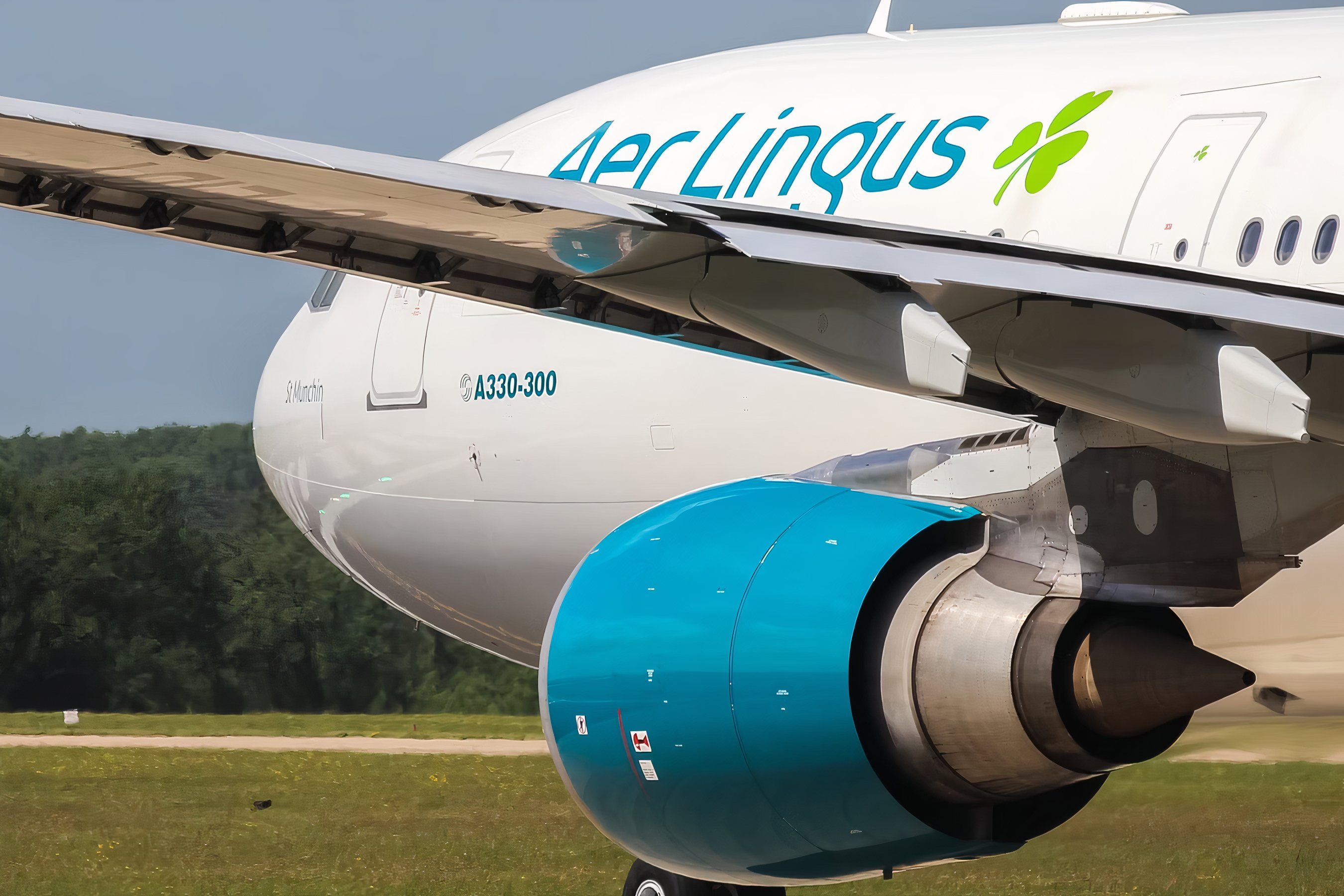
Related
Stunted Growth? Why Aer Lingus’ CEO Is Adamant About Resolving Dublin Airport’s Passenger Cap
The issue has led many carriers to consider service eliminations.
Calling to lift the cap
Eddie Wilson, the chief executive officer (CEO) of Ryanair, reiterated that the airline looked to add three new Boeing 737s to its fleet at DUB, yet the slot allocation forced the low-cost carrier to adjust its plans. As such, Wilson said that it was “explicable” that the Irish Transport Minister Ryan has done nothing in the past four years to change the developments at DUB.
Photo: Ryanair
“Ryanair calls on Transport Minister Eamon Ryan to urgently lift this archaic and destructive traffic cap from Dublin Airport, which is a vital piece of national infrastructure. If Minister Ryan fails to take action to remove this block on seats, then traffic will stall to the detriment of jobs, tourism, and connectivity.”
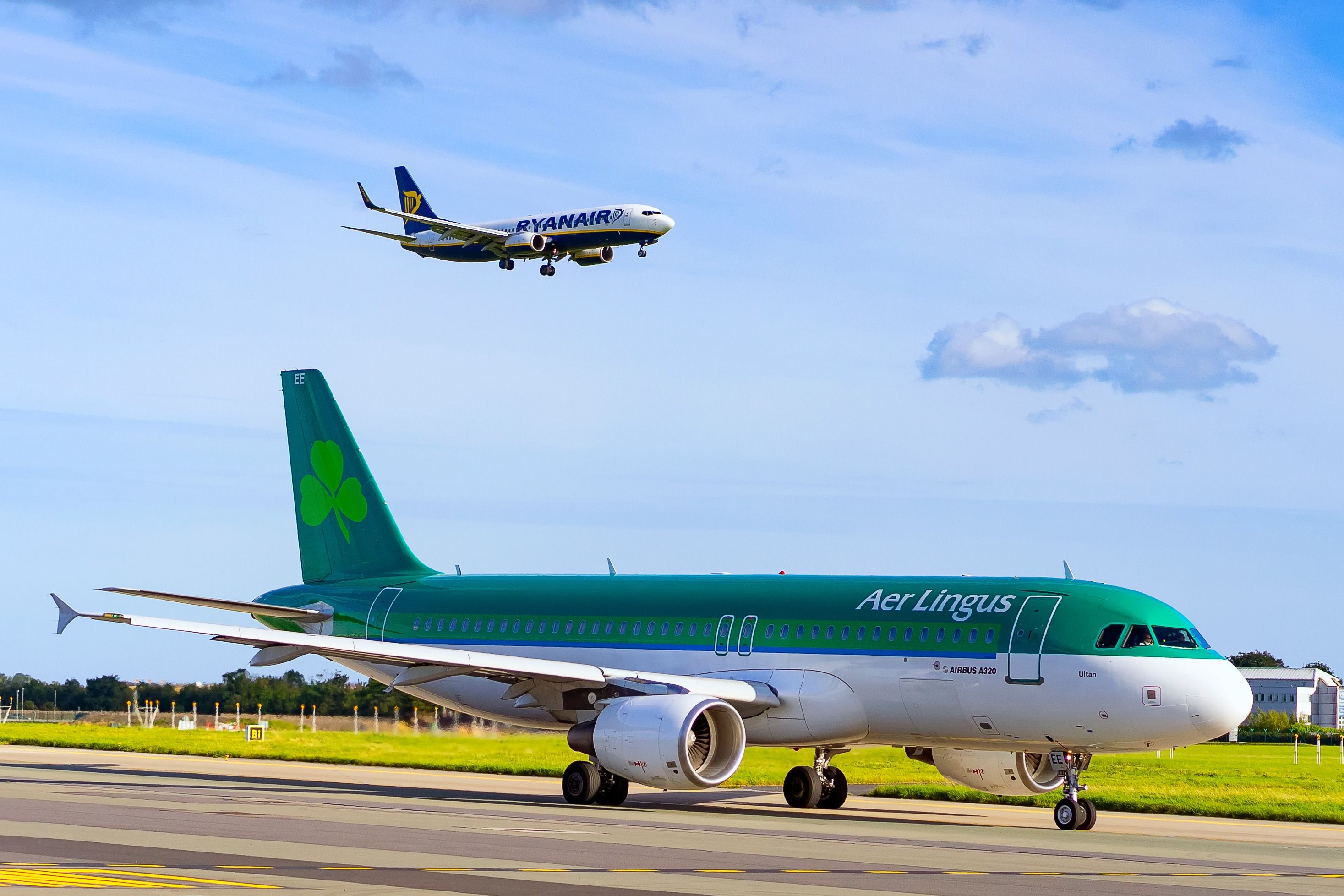
Related
Aer Lingus & Ryanair Hit Out At Dublin Airport Passenger Cap
One airline referred to the current capacity restrictions as “idiotic.”
Flat growth
According to documents from the IAA, DUB’s runway hourly limits have remained flat year-on-year (YoY). During the previous winter season, which lasted between October 29, 2023, and March 30, 2024, the daily runway limits for arrivals and departures were 589 and 619 flights, respectively, totaling 970 flights per day. These have remained the same for the upcoming winter 2024 season, which starts on October 27, 2024, and ends on March 29, 2025.
Meanwhile, the Irish regulator’s documents showed that during the current summer season, the runway hourly limits are 609 and 647 flights for arrivals and departures, respectively, totaling 1,034 flights per day.
The IAA, which published its final decision on the slot allocation at DUB on May 7, argued that airlines generally consider that the planning conditions – the planning permission from 2007 permitting the annual capacity of Terminal 1 and Terminal 2 to 32 million passengers at DUB – not being a relevant constraint.
Photo: Croatorum | Shutterstock
As a result, the Irish regulator established the associated seat cap on “an overly conservative basis,” according to the airlines. The IAA argued that local residents have expressed that the conditions are a relevant constraint but the authority estimated its associated seat cap parameter on an overly generous basis from the residents’ point of view. Lastly, daa, the operator of the airport, said that the limiting constraint established by the planning conditions must be reflected in the slot allocation without providing a proposal to the IAA.
According to data from the aviation analytics company Cirium, between October 2023 and March 2024, DUB had 51,087 scheduled departures, amounting to 9 million seats and 15.7 billion available seat kilometers (ASK). In comparison, from October 2024 to March 2025, DUB will have fewer flights (50,948) and seats (8.9 million) but more ASKs (16 billion).
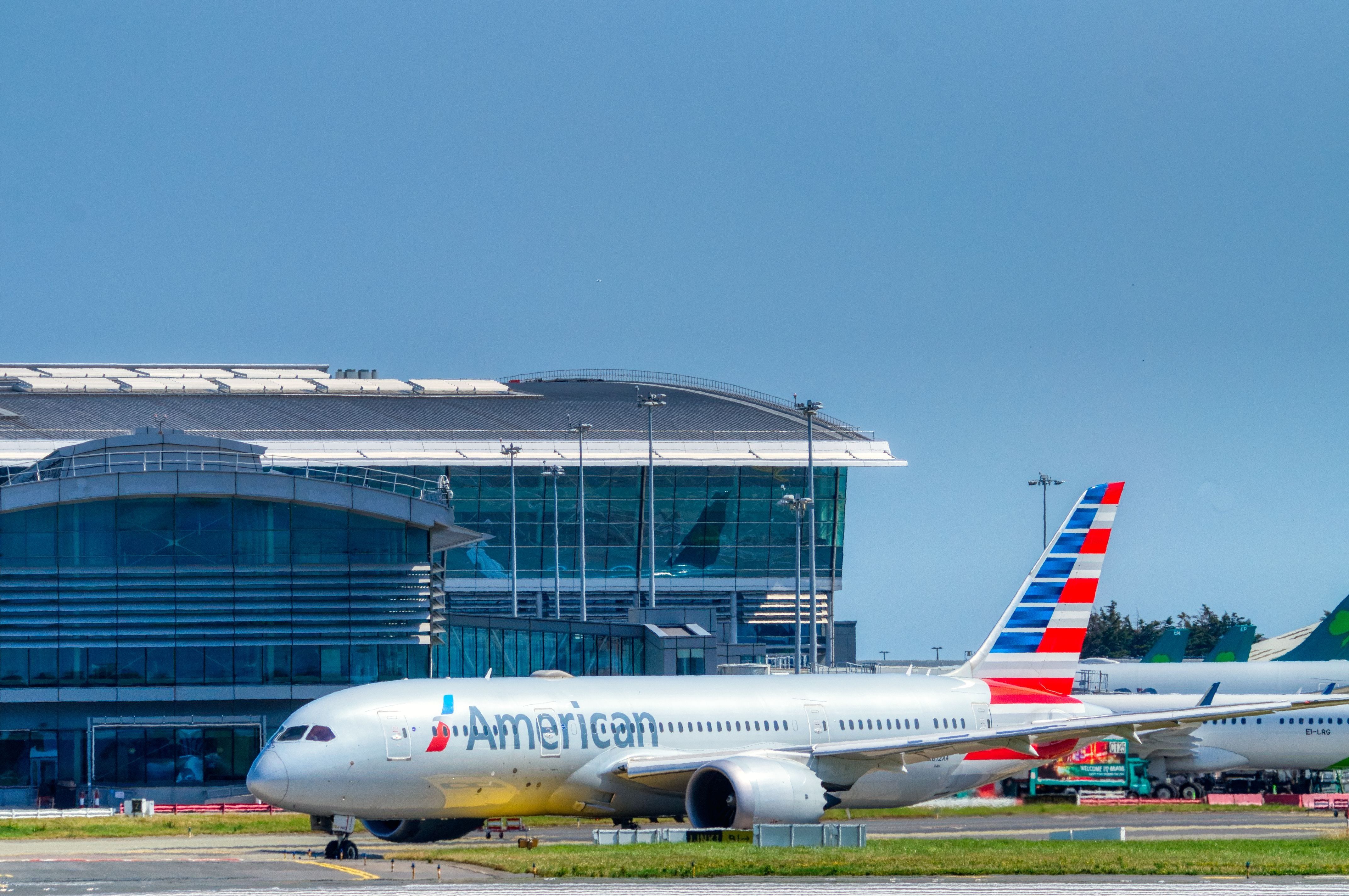
Related
US Airlines Threaten To Pull Flights From Dublin Airport Over Passenger Cap Dispute
Dublin airport planners are under immense pressure to approve the 25% increase in passenger capacity.

